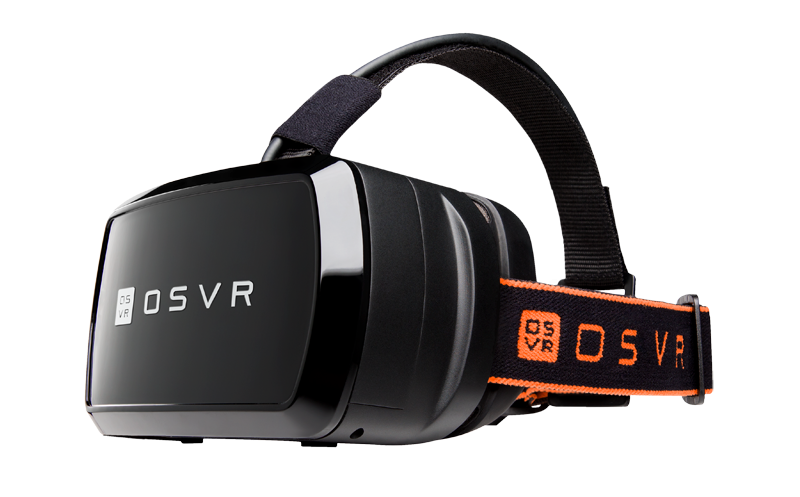
Following an announcement roughly seven months ago that it would be making a VR mount, with which you could manipulate virtual objects by hand instead of using a controller, Leap Motion brings news that it's collaborating with Razer's OSVR to build a VR headset with the company’s sensors built right in.
The technology will be available as an optional faceplate in OSVR's hardware developer kit, allowing developers to create applications that take advantage of hand tracking from the get go. The standard headset without Leap Motion’s sensor will still be available when OSVR launches sometime in 2015.

A demo of Leap Motion use in VR (source: Fast Company)
There was no mention of pricing but we already know the OSVR “Hacker Dev Kit” will be $199. If the optional faceplate remains in line with Leap Motion’s $100 controller, the whole package will still come in significantly cheaper than a $350 Oculus Rift developer kit without hand tracking.
Specs for the OSVR Hacker Dev Kits include a 5.5-inch 1920x1080 screen, an integrated accelerometer, a gyroscope, and a compass. Compared to Oculus Rift DK2, OSVR has a refresh rate of 60 frames per second rather than the slightly smoother 75 frames per second offered by the former.
When we looked at Leap Motion a couple of years ago we were impressed by its tracking capabilities. Since then it has only gotten more sophisticated but as was the case back in 2013, its appeal remains very limited. It was more of a neat conceptual “toy” than a practical device you’ll be reaching for every day, and a “killer” app from third party developers never arrived. But with the arrival of virtual reality platforms, where the feeling of presence is key, Leap Motion is a more natural fit and might just have its best shot at succeeding.
Leap Motion CEO Michael Buckwald says the company's long-term goal is to get their technology integrated into all of the major VR headsets.
https://www.techspot.com/news/60156-razer-vr-headsets-get-optional-faceplate-leap-motion.html